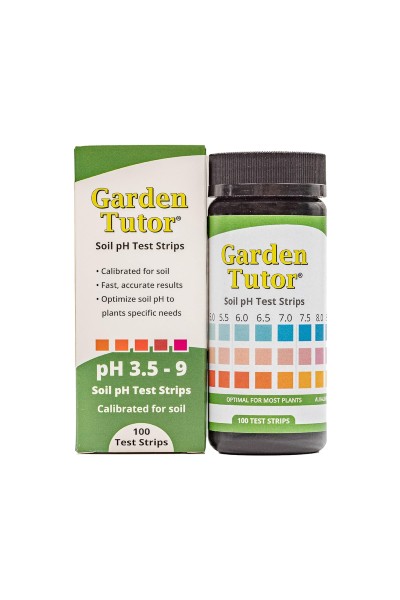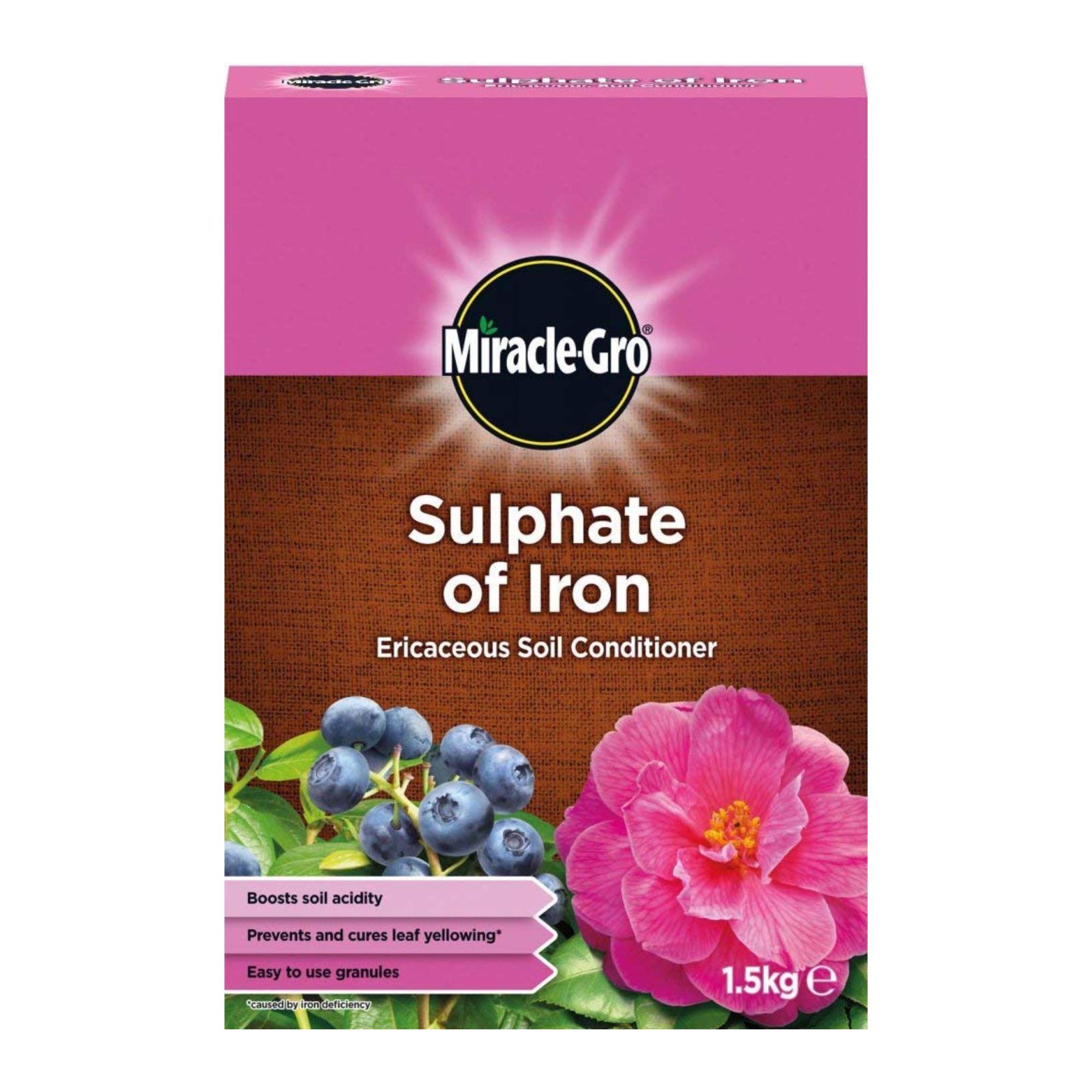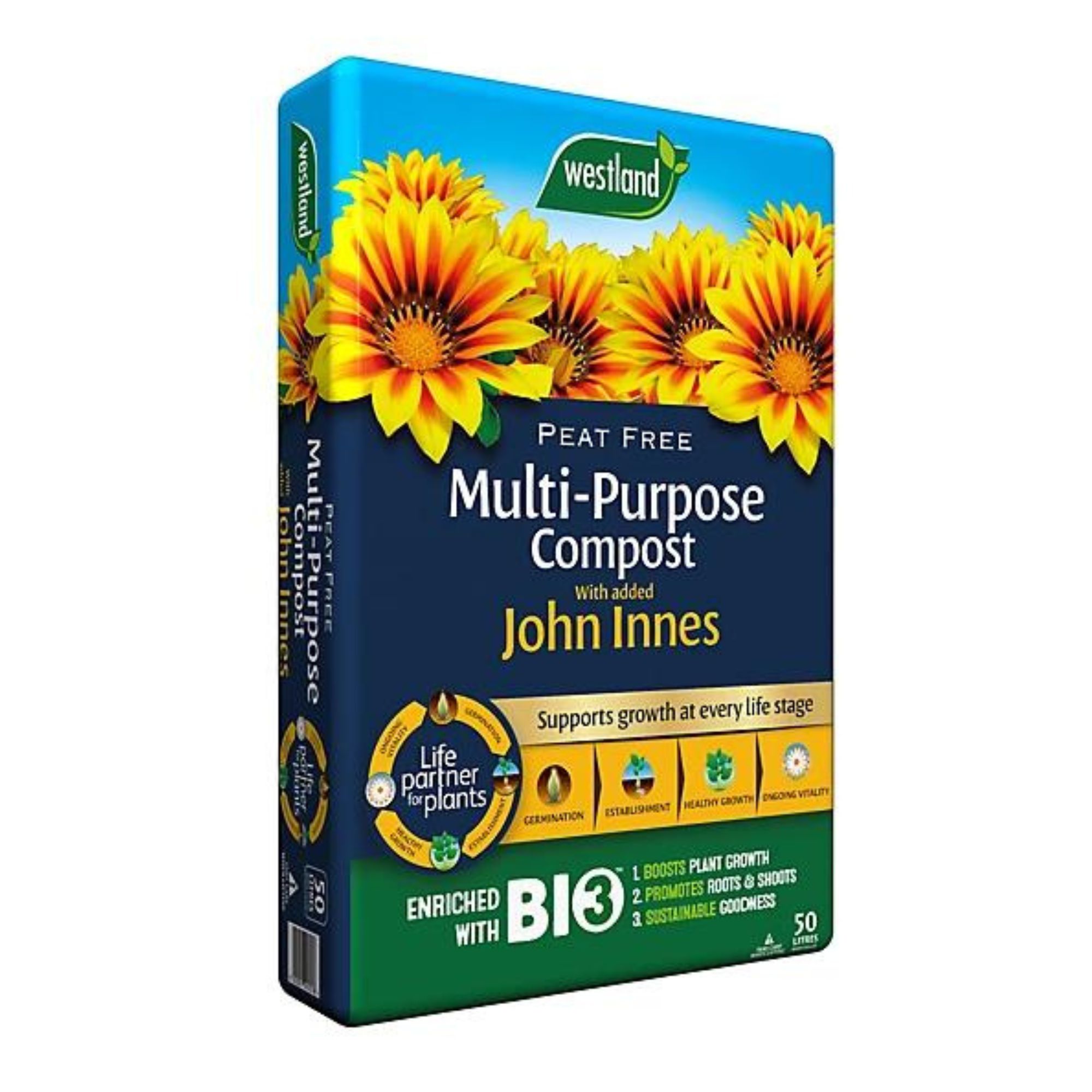The best plants to grow according to your soil's pH - and how to change the pH to suit the plants on your wish list
Ideally, you should aim for a pH of 6.5

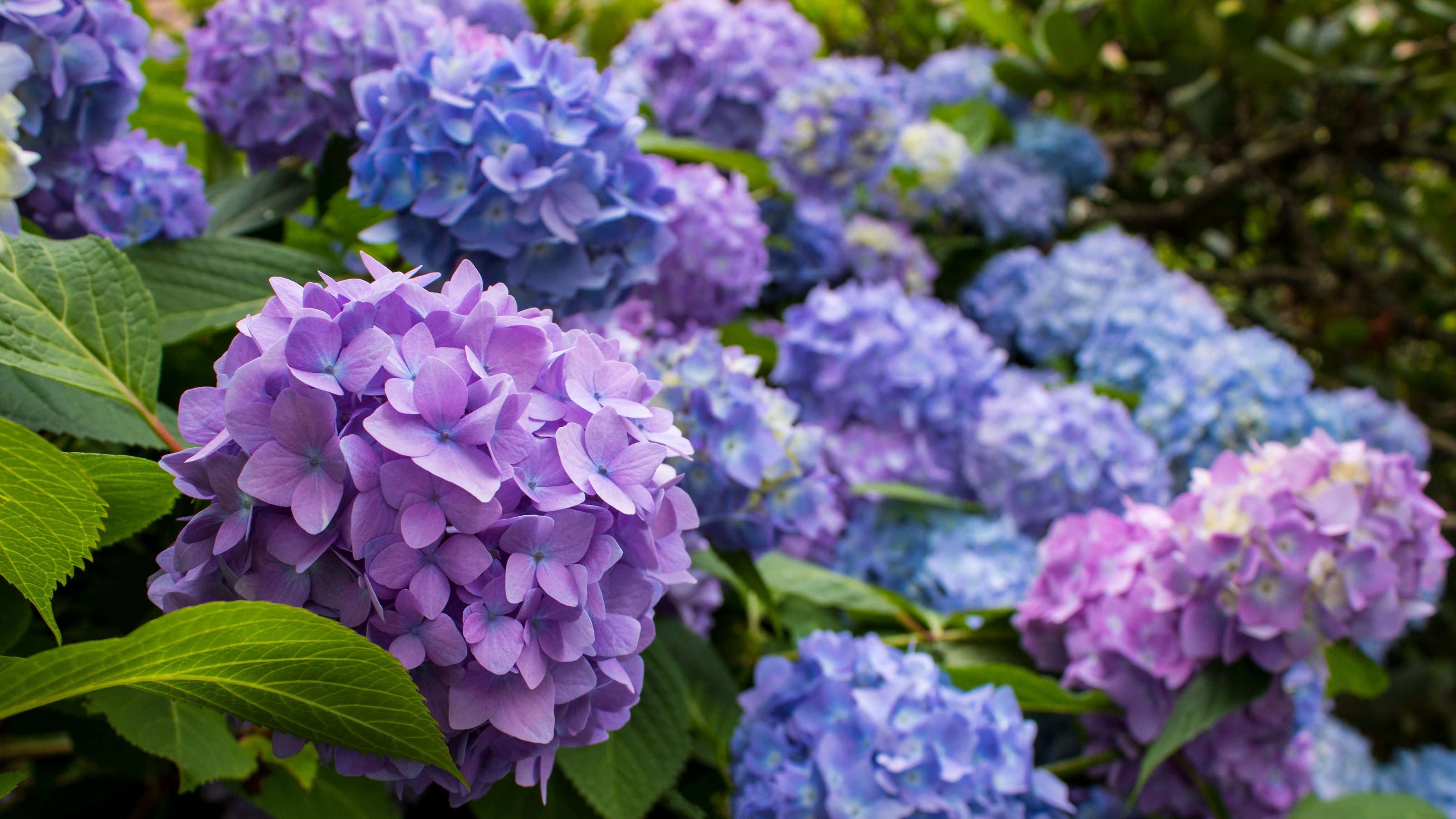
When buying plants for your garden, there’s a high chance that you choose them based on looks alone. And while we’re all guilty of judging a plant by its colour, you also need to consider your soil when buying new plants and opt for the best plants to grow according to your soil’s pH.
Yes, nothing ruins a garden idea quite like choosing the wrong plants for your soil. That’s why we’re huge advocates for testing the pH of your soil and buying plants that will thrive in your garden borders. But knowing whether you have acidic or alkaline soil is only half the battle when it comes to your soil’s pH.
Although it’s important to understand and appreciate the natural pH of your soil, that doesn’t mean that you have to stay in your lane. You can also change the pH of your soil to suit the plants on your wish list… but it’s not as easy as it sounds.
Plants to grow according to your soil's pH
‘For successful gardening, it is vital you test your soil’s pH and understand its acidity or alkalinity,’ explains Morris Hankinson, Director of Hopes Grove Nurseries. ‘Certain plants thrive in specific pH ranges, so testing ensures you choose the right plants for your garden and help them bloom. Additionally, it helps you to amend the soil if necessary to create optimal growing conditions.’
To do this properly, you need to be able to interpret your test results. And if you can’t remember your childhood science lessons, here’s a little refresher:

Morris Hankinson is the founder and managing director of Hopes Grove Nurseries Ltd, the UK’s only specialist grower-retailer of hedging plants. He established the thriving business in 1992, shortly after graduating with a Commercial Horticulture Degree from Writtle College, Essex.
- pH 3.0 - 5.0: If your soil test has revealed a pH of between 3.0 and 5.0, this means that you have extremely acidic soil. Although some plants can thrive in these conditions, this high level of acidity can also result in many nutrient deficiencies, causing poor plant health.
- pH 5.1 - 6.0: This soil pH is slightly less acidic than the above, but those with a pH between 5.1 and 6.0 still have what’s called acidic soil. Certain lime-hating plants find this pH ideal for healthy growth, but others will still struggle to grow in these conditions.
- pH 6.1 - 7.0: A pH of between 6.1 and 7.0 is slightly acidic. Ideally, your soil should be in this category, as most experts agree that a pH of 6.5 is the perfect number for an all-purpose garden. It should provide everything your plants need to thrive, and you shouldn’t need to add anything else to the soil.
- pH 7.1 - 8.0: If your soil test has come back between 7.1 and 8.0, you have alkaline soil - often described as ‘chalky’ soil. While some varieties of plants benefit from alkaline soil, many others find that its alkaline nature rids them of essential nutrients such as phosphorous, iron, and manganese. So, you may need to add acid to level the playing field.
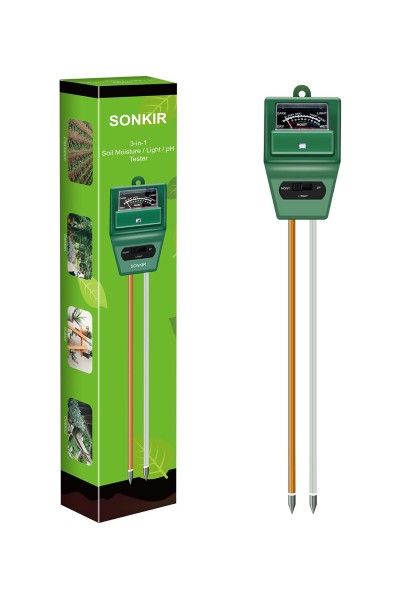
This 3-in-1 pH meter not only tests the pH value of your soil, but it will also test the sunlight level and the moisture level - meaning you won't make any garden watering mistakes.
Plants to grow in acidic soil
‘Acidic soil is commonly found in woodland areas as it is caused by a breakdown in organic matter,’ explains John Clifford, garden expert from Gardenstone. And if you’ve tested your soil and know that you have acidic soil, you have two options. You could either change the pH (more on that below), or you could grow plants according to your soil’s pH. And, thankfully, there are many plants that thrive in acidic soil:

John Clifford is a director of Gardenstone, a leading garden landscaping retailer based in the UK. With over 30 years in the gardening industry and continual work alongside The National Trust, John has amassed an extensive range of gardening and planting knowledge. Alongside his younger son, John has built a strong reputation for Gardenstone as a trusted source for both high-quality garden products and expert gardening advice.
1. Acers
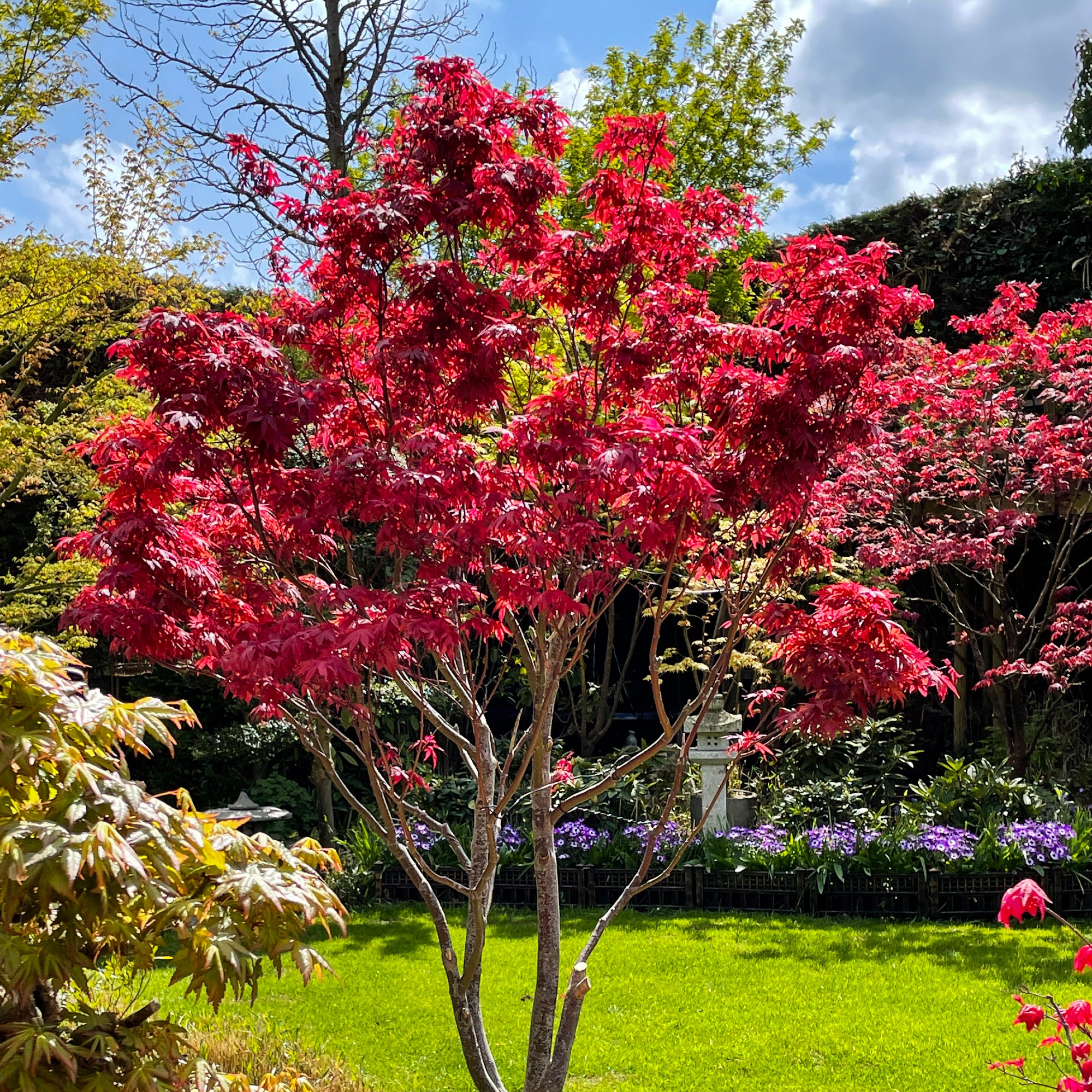
If you want to add a tree that adds value to your property, you should consider an acer. These trees love acidic soil - and while they can still survive in neutral or alkaline soil, they grow best when planted in acidic soil.
Sign up to our newsletter for style inspiration, real homes, project and garden advice and shopping know-how
2. Rhododendrons

Plants that grow in acidic soil are often called lime-hating or ericaceous plants, and rhododendrons can also be added to that list. Their ideal soil pH is between 4.5 and 6.0, as this allows them to absorb the nutrients they need to thrive.
3. Camellias
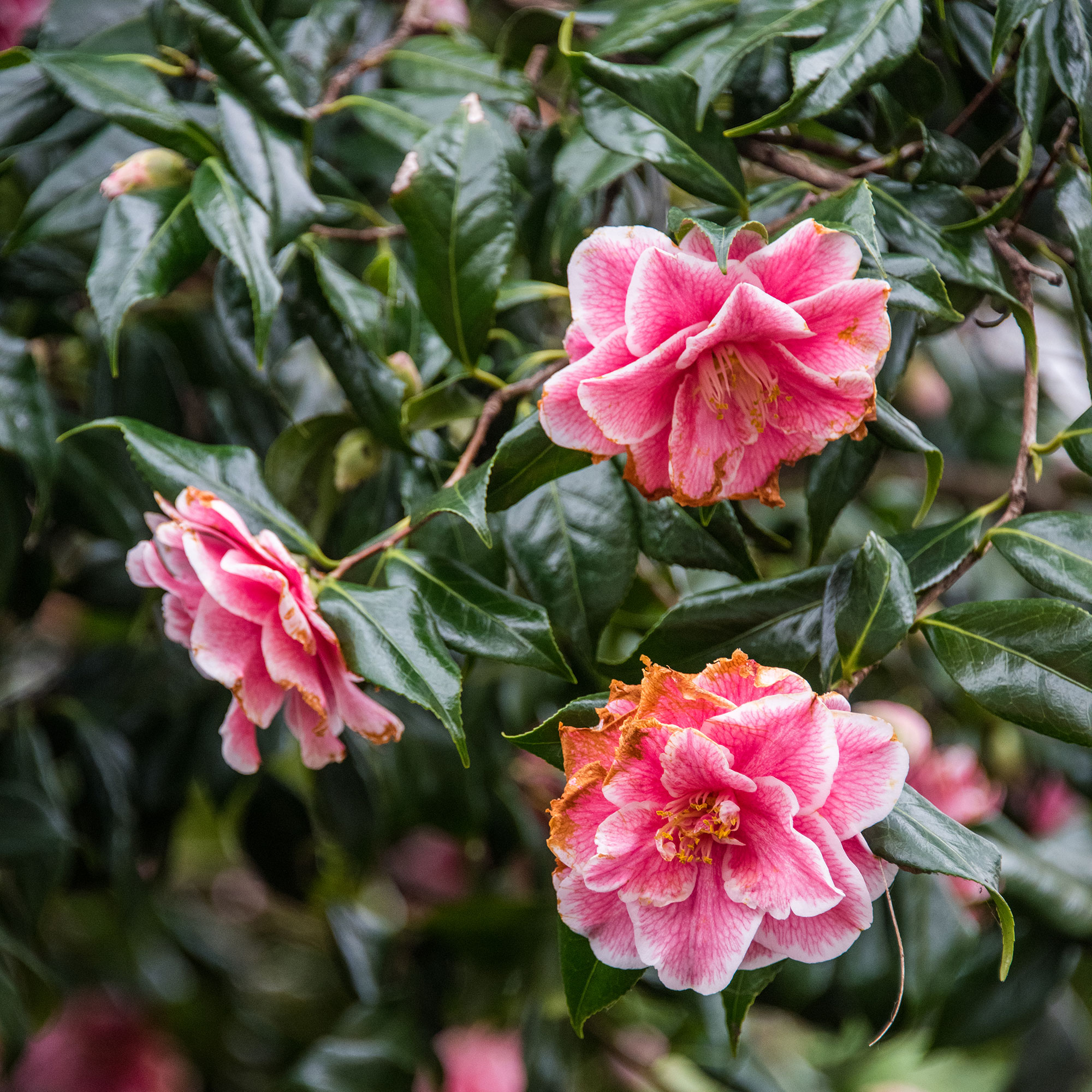
There’s no point knowing how to grow camellias if you can’t offer them the acidic soil they desperately need. Typically, they grow best in a pH of between 5.8 to 6.5 - which is something to consider if growing camellias in pots.
4. Magnolia
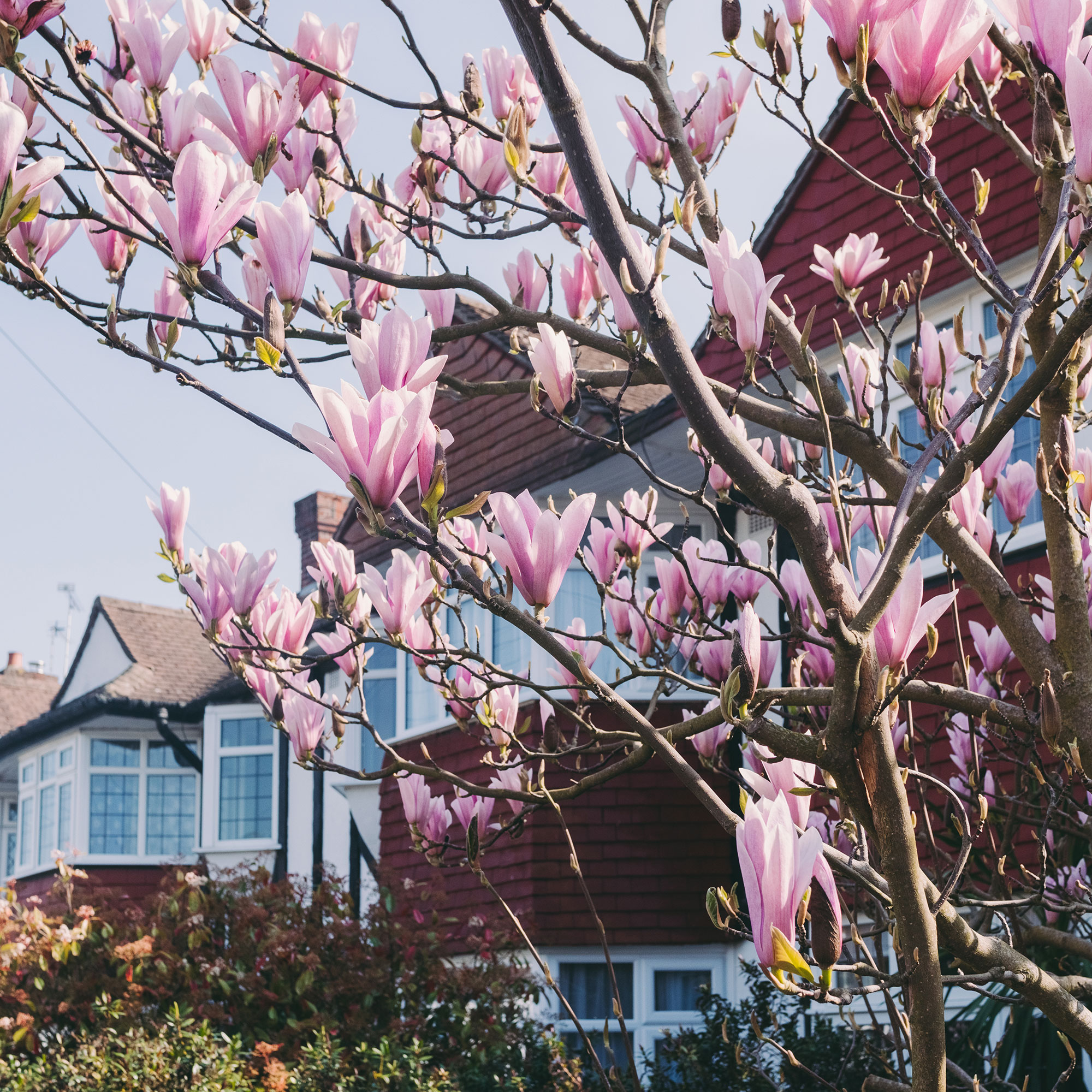
Before you choose the perfect magnolia tree for your garden it’s best to test your soil’s pH, as magnolia will struggle to bloom if planted in alkaline soil. However, they can still grow to a happy and healthy size if planted in neutral soil.
5. Japanese anemones

Colourful and elegant, Japanese anemones are the perfect addition to an acidic garden. And while they definitely prefer acidic soil, some gardeners may find that they can still thrive in an alkaline garden - as long as they’re not exposed to waterlogged soil.
Plants to grow in alkaline soil
John says, ‘Alkaline soil has a high PH and is usually found in areas with rich limestone deposits.’ Because of this, it’s often described as ‘chalky’ soil - and there are many plants that will grow in this alkaline soil. Just remember to keep on top of mulching, feeding, and watering your alkaline-loving plants to ensure optimum health:
1. Lavender
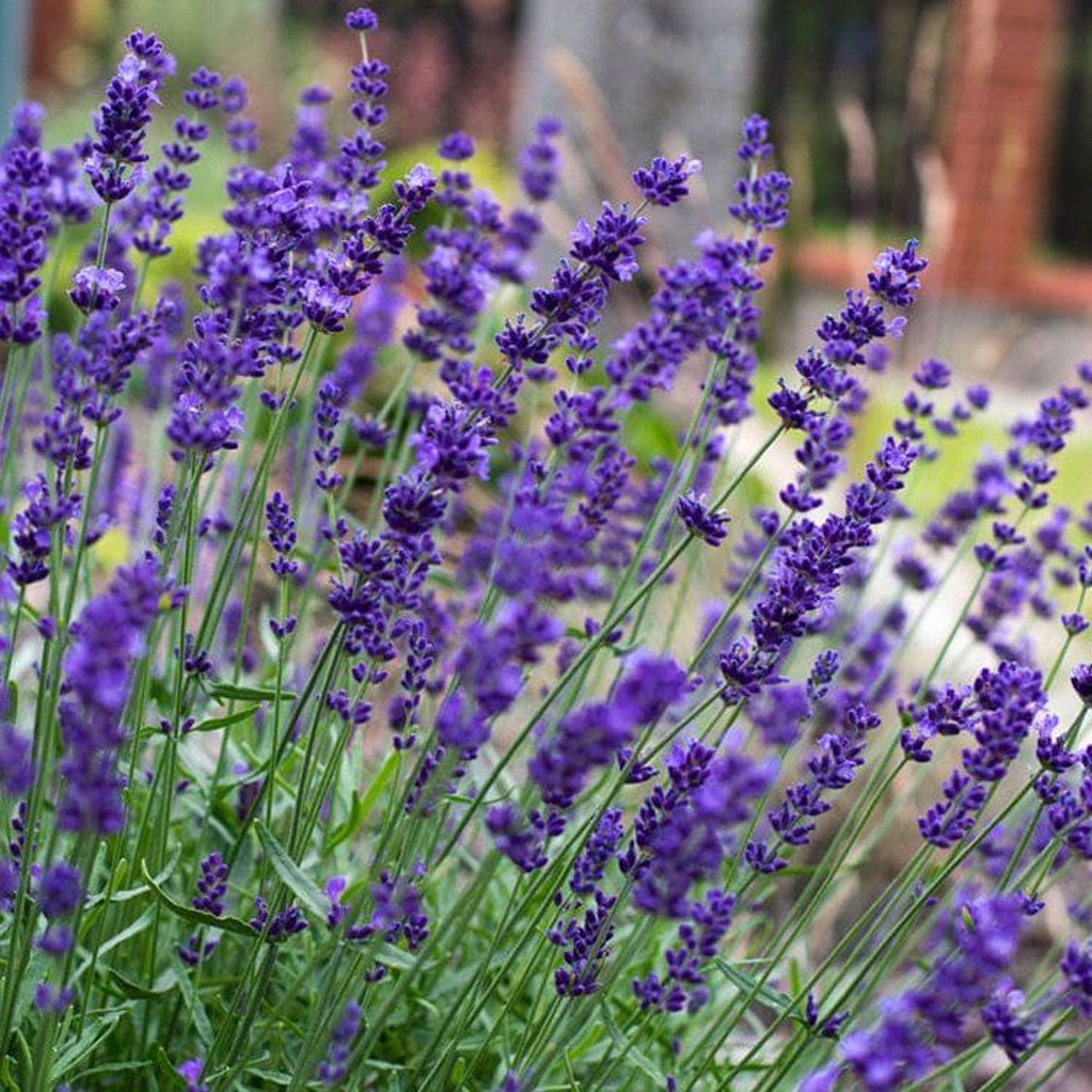
If you want to grow lavender as part of your Mediterranean garden idea but are concerned about your chalky soil, you needn’t worry. Lavender can grow in soil with a pH of 6.5 or above as long as the soil doesn’t become too waterlogged. So, avoid overwatering or plant in well-draining pots to prevent waterlogging.
2. Polemoniums
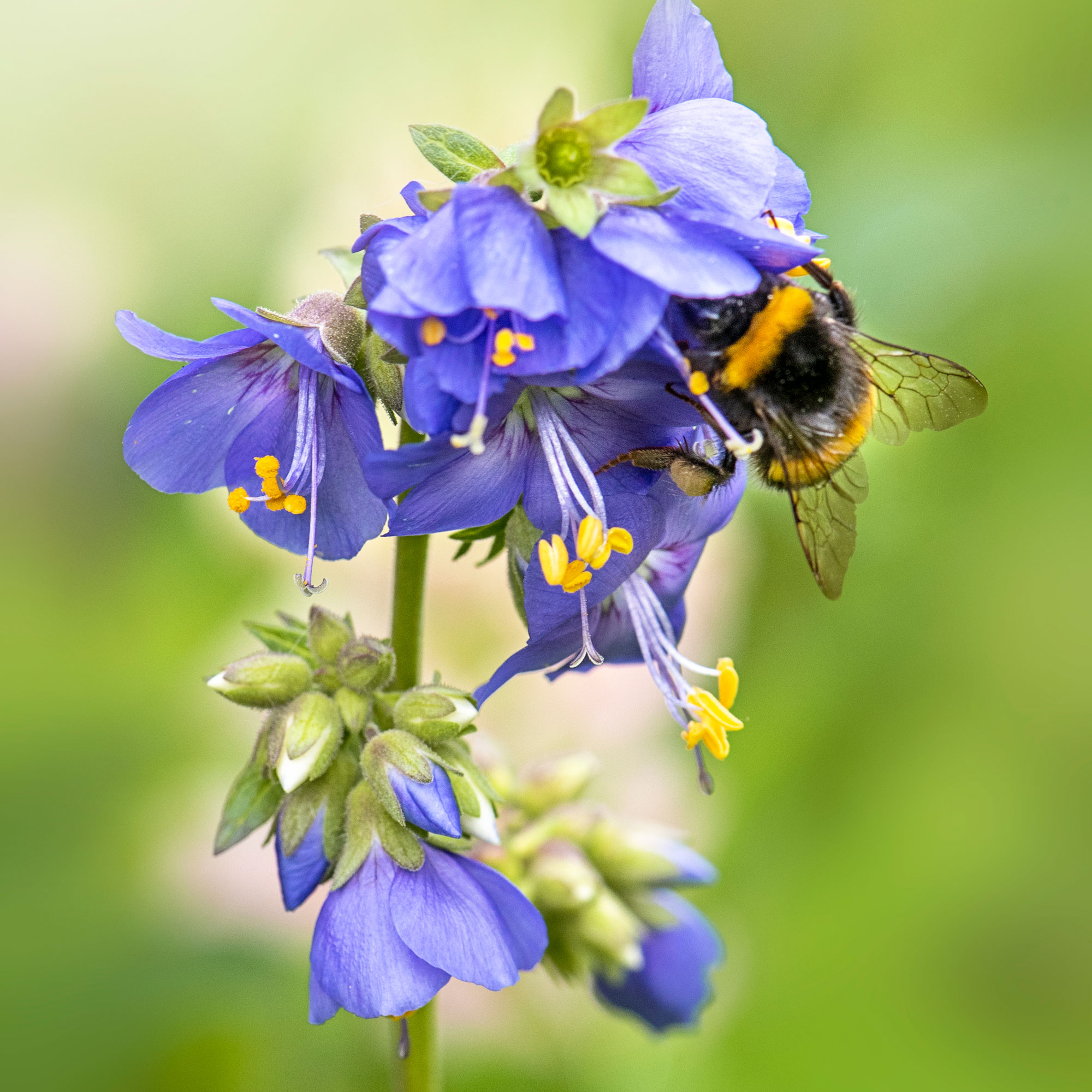
Often called the Jacob’s ladder plant, polemoniums thrive in alkaline soil. They love the lime that comes with this pH, but can also tolerate neutral soil. But if you have acidic soil, you’ll probably need to change the pH to get the most out of them.
3. Lily of the Valley
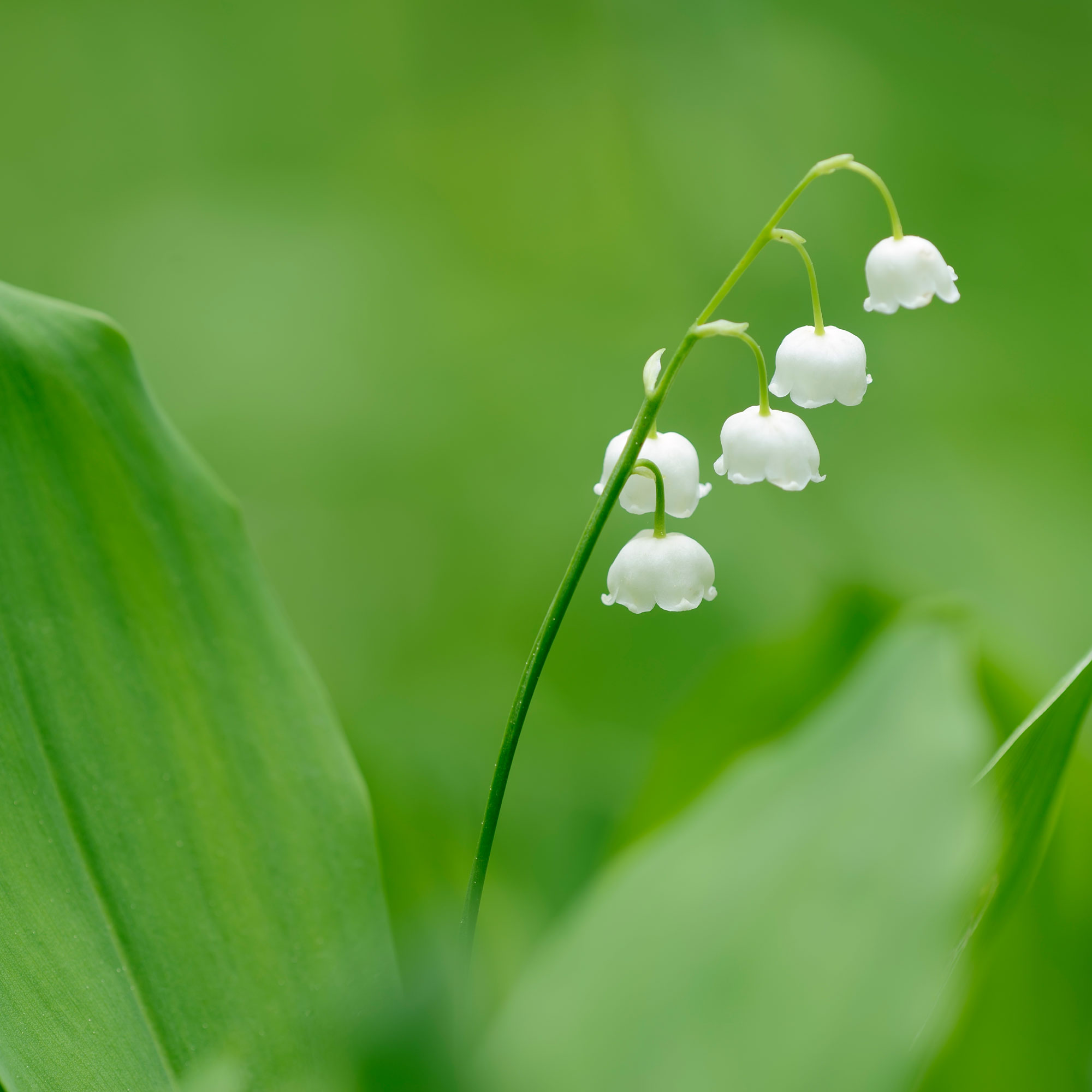
Want to make the most of the perennial gardening hack? Well, you should add Lily of the Valley to your shopping list - especially if you have alkaline soil. In fact, Lily of the Valley thrives best in the moist, sandy soil often associated with alkaline environments.
4. Honeysuckle
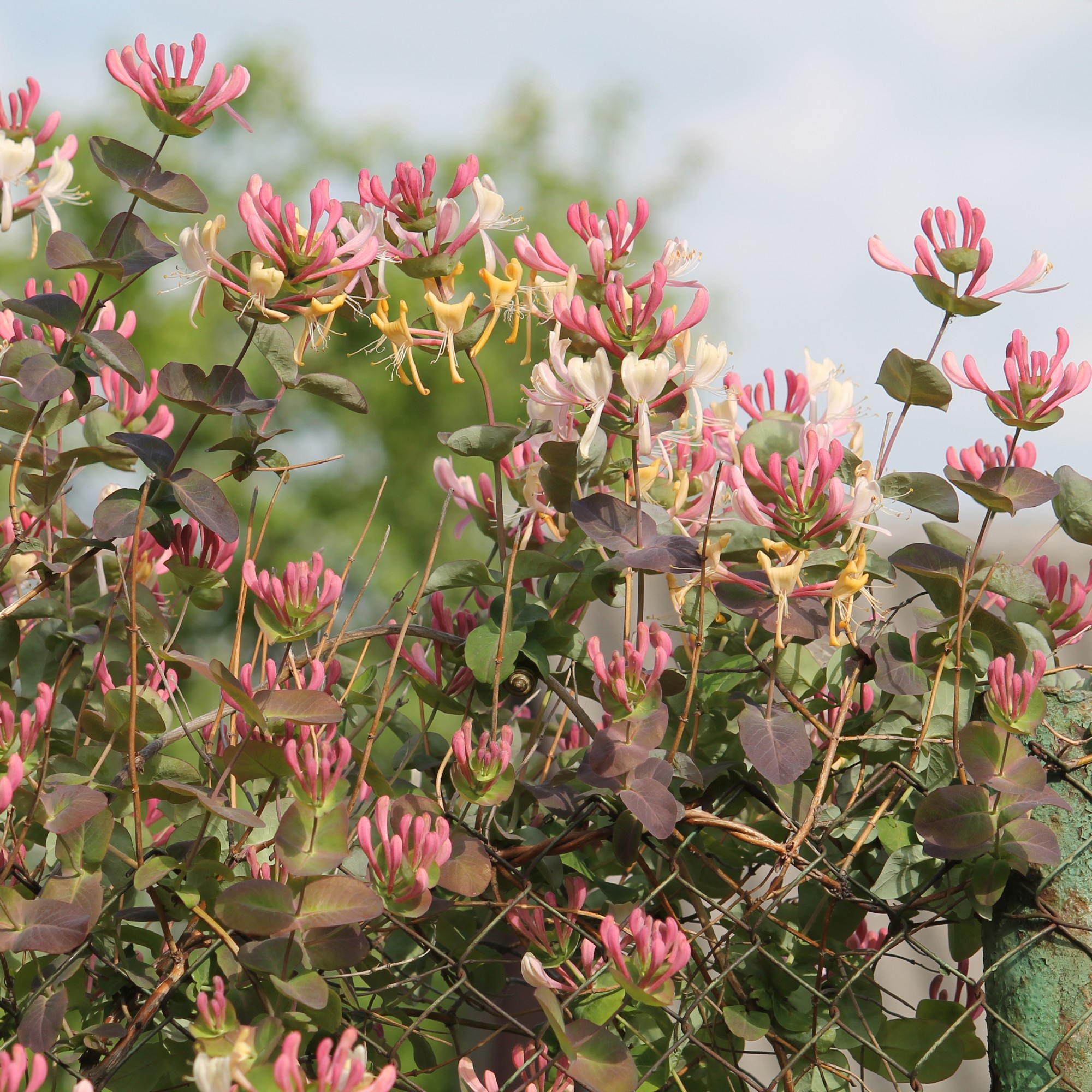
This plant can climb or serve as a shrub, and honeysuckle is also one of the best plants to grow in alkaline soil. However, it’s also extremely versatile. Generally, it’ll grow happily and healthily in soil with a pH that’s anywhere between 5.5 and 8.0
How to change the pH of your soil
If you’ve tested the pH of your soil and you’re not happy with the results, there are ways to change it. However, it’s important to note that these are not permanent solutions, as you can’t permanently change your soil's natural acid or alkaline makeup. Instead, you’ll need to keep on top of this treatment for the long term.
If you have acidic soil, your best bet is to lime your soil. This increases the pH level and neutralises the acidity, but it’s important to note that this is only really effective when done in the winter. To lime your garden, you can use:
- Garden lime, which you can pick up at Amazon.
- Calcified seaweed.
- Dolomite lime.
- Ground chalk.
If you want to acidify your soil (because it’s too alkaline), you should aim to add one of the following to the soil throughout the year:
- Sulphur.
- Aluminium sulphate.
- Ferrous sulphate, like Miracle Gro's on Amazon.
Whatever you use, always read the instructions to ensure you’re applying these products correctly. You should also take a fresh pH reading to understand how much you should be using.
Morris also adds, ‘Since soil pH can change over time due to factors like rainfall, fertilisation, and plant growth, it’s a good idea to test your soil every few years to maintain optimal growing conditions.’
FAQs
Is 7.5 soil pH good?
If your soil’s pH is 7.5, you have slightly alkaline soil. Because of this, you should choose to grow plants that thrive in a slightly alkaline environment.
If this limits your garden ideas, there are ways to acidify your soil and reduce the pH. Morris from Hopes Grove Nurseries explains, ‘Alkaline soil can be amended by adding sulphur or organic matter like composted leaves or pine needles.’
Ideally, you should aim for a pH of around 6.5 to grow a wide variety of plants.
What do plants look like when soil is too acidic?
There are a few signs to look out for if you believe that your soil is too acidic. These include:
- Stunted growth.
- Yellow leaves.
- Brown spots on leaves.
- Blossom end rot.
- Burnt leaf tips.
- Withered appearance.
If you spot any of these signs, it’s important to lime your soil to increase the pH and add more alkalinity to the soil. This should then reduce the symptoms of acidic soil.
Now you know the best plants to grow according to your soil’s pH, you should be equipped with all of the information you could need to grow a happy and healthy garden.

Lauren Bradbury has been the Content Editor for the House Manual section since January 2025 but worked with the team as a freelancer for a year and a half before that. She graduated with a Bachelor’s degree in English and Creative Writing from the University of Chichester in 2016. Then, she dipped her toe into the world of content writing, primarily focusing on home content. After years of agency work, she decided to take the plunge and become a full-time freelancer for online publications, including Real Homes and Ideal Home, before taking on this permanent role. Now, she spends her days searching for the best decluttering and cleaning hacks and creating handy how-to guides for homeowners and renters alike, as well as testing vacuums as part of her role as the Ideal Home Certified Expert in Training on Vacuums, having spent over 110 hours testing different vacuum models to date!

